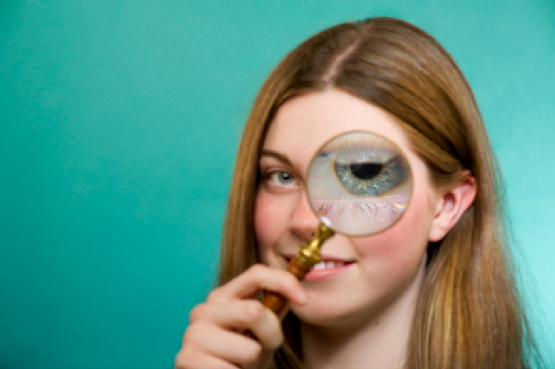Laser eye surgery refers to the use of laser technology to treat a number of refractive errors and vision conditions—including, but not limited to, hyperopia, myopia, astigmatism, and cataracts. However, the current laser vision correction methods differ greatly from their early predecessors. Read on to learn more about the history of laser eye surgery.
Origin
- In 1823, Dr. Johannes E. Purkinje discovered that images form on optical surfaces when reflecting external light. This not only led to the development of the Purkinje principles and the four Purkinje images but also led to our modern-day understanding of keratometry—or the measurement of corneal curvature. However, it was not until 1867 that the keratometer was created, allowing eye surgeons to measure a patient’s level of astigmatism following cataract surgery.
Growth and Development
- In 1895 eye surgeons moved away from cataract surgery and began to analyze the use of eye surgery for the treatment of refractive errors. During this same time Dutch physician Leendert Jan Lans began to study and define the principles of keratotomy and corneal heating, jump-starting the development of several applications for refractive surgery. Lans discovered that by varying the number, direction, and shape of corneal incisions, a patient’s level of visual acuity could be corrected.
Laser Vision Correction
- The creation of a carbon dioxide laser in 1980 by doctors Beckman and Peyman paved the way for laser vision correction. However, it was Steve Trokel and researcher Srinivasan who discovered that an excimer laser could be used to reshape the corneal tissue and ultimately correct a patient’s vision. The first laser eye surgery method most commonly used was PRK—or photorefractive keratectomy—which later gave way to LASIK surgery.
LASIK, also known as laser assisted in situ Keratomileusis, is now the standard laser eye surgery method designed to correct refractive errors and improve visual capacity. You can learn more about the benefits of laser eye surgery by contacting the Boston Eye Group at (617) 566-0062. We also offer intraocular lenses for the treatment of cataracts.
